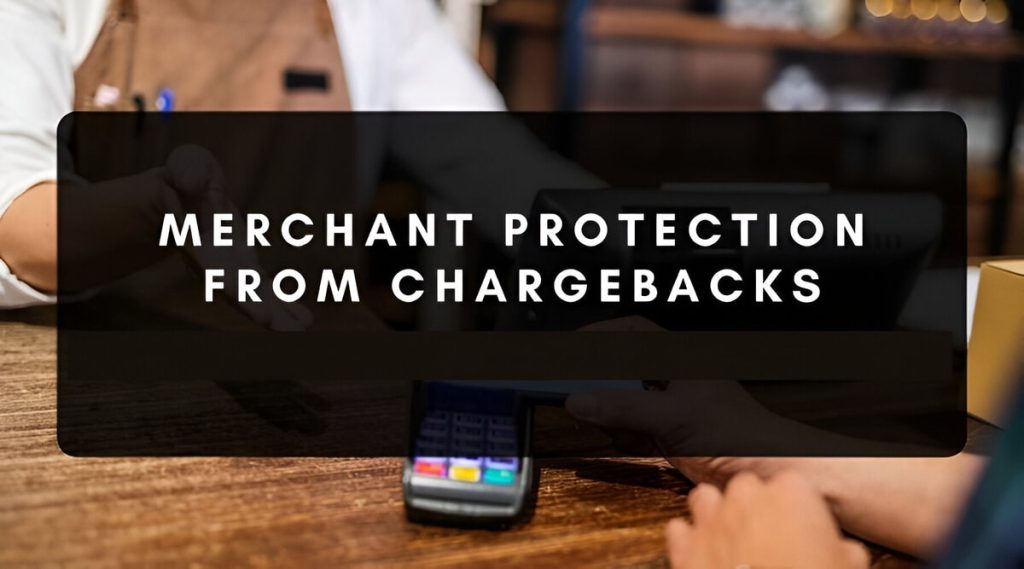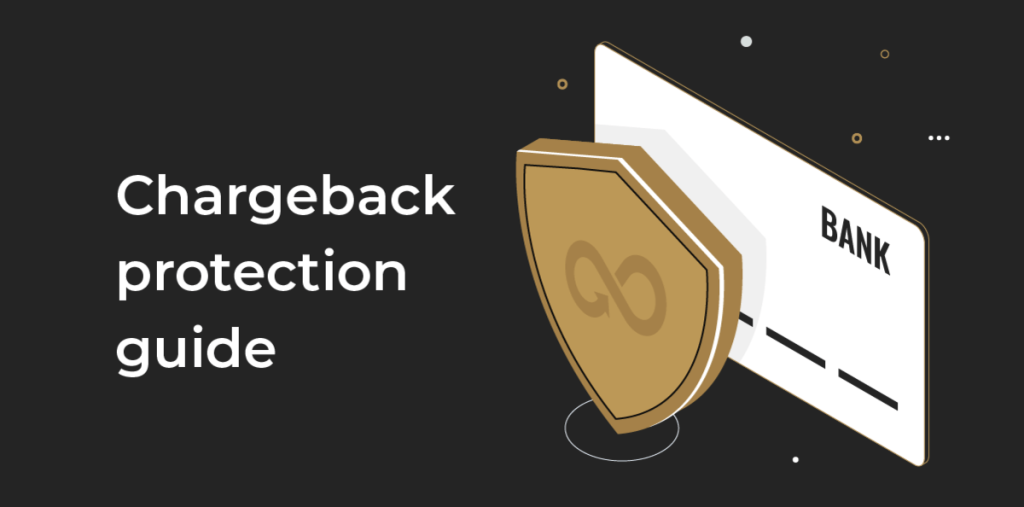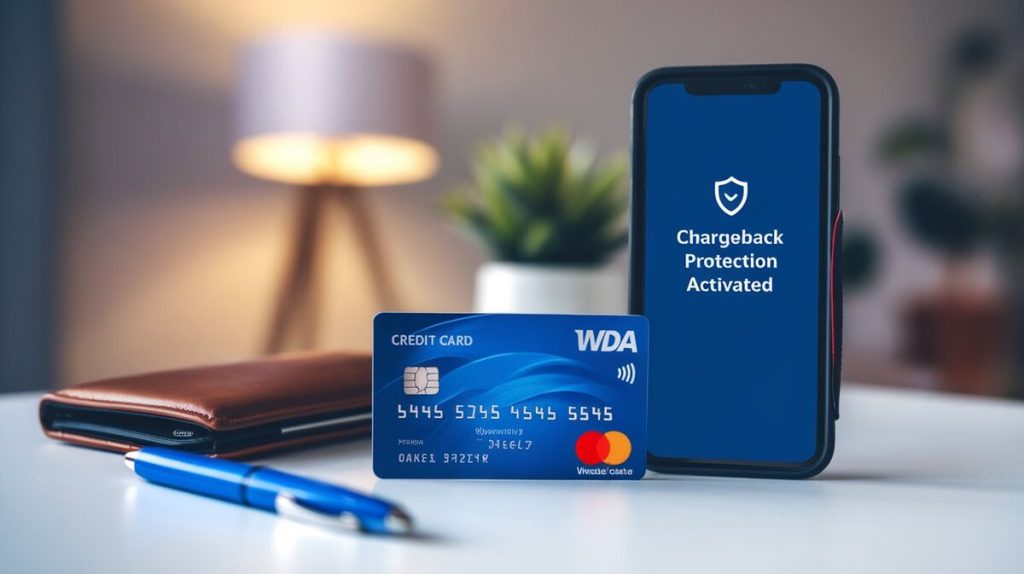Chargebacks are a constant challenge for merchants, particularly in the eCommerce sector. They occur when a customer disputes a transaction, and the issuing bank reverses the payment, leaving the merchant to cover the cost. Chargebacks not only lead to revenue loss but also bring fees, which can range from $15 to $100 per case. Additionally, if your chargeback ratio exceeds 1% of your total transactions, payment processors like Visa and Mastercard may classify your business as high-risk, resulting in penalties or termination of your merchant account.
Key Types of Chargebacks
- True Fraud: These happen when a third party uses stolen credit card information to make a purchase. This accounts for approximately 60% of chargebacks in eCommerce.
- Friendly Fraud: Legitimate customers dispute charges they authorized, often due to misunderstandings or an attempt to game the system. Around 30% of chargebacks fall into this category.
- Merchant Error: Errors in processing, such as double charges or failing to fulfill orders, are responsible for about 10-15% of chargebacks.
| Chargeback Type | Percentage | Primary Cause |
|---|---|---|
| True Fraud | 60% | Stolen credit cards |
| Friendly Fraud | 30% | Disputes from legitimate customers |
| Merchant Error | 10-15% | Mistakes in order processing |
How Chargeback Protection Works
Chargeback protection services help merchants minimize the financial impact of disputes. Many providers, such as Stripe and Braintree, offer built-in chargeback protection. These tools typically include:
- Fraud detection systems: Real-time analysis of transactions to identify suspicious activity.
- Dispute management: Services that represent the merchant during the dispute process to recover lost funds.
- Chargeback alerts: Notifications of potential chargebacks, allowing merchants to resolve disputes before they escalate.
Merchanto.org, a partner of Visa and Mastercard, offers specialized chargeback prevention services to help merchants stay compliant and minimize disputes. Visit their website here for more information.

Best Practices to Prevent Chargebacks
To reduce the risk of chargebacks, merchants must follow proven strategies:
- Implement Fraud Detection Tools: Use multi-layered fraud detection systems that verify key transaction details, such as address and CVV codes.
- Ensure Transparent Communication: Post clear product descriptions and return policies to reduce misunderstandings.
- Provide Fast Customer Service: Offering accessible and responsive customer service can resolve issues before customers resort to chargebacks.
- Track Orders and Deliveries: Use tracking services and require signatures for high-value deliveries to provide proof of fulfillment.
- Issue Refunds Quickly: Offer refunds for unsatisfactory purchases to prevent disputes.
| Preventative Action | Description |
|---|---|
| Fraud Detection | Use tools like AVS and CVV verification for high-risk transactions. |
| Clear Product Descriptions | Reduce disputes by ensuring customers know exactly what they’re buying. |
| Fast Customer Service | Resolve issues before they escalate to chargebacks. |
| Order Tracking | Use tracking services to prove delivery and prevent disputes. |
| Quick Refunds | Minimize disputes by offering prompt refunds when necessary. |
Choosing the Right Chargeback Protection Service
Selecting a chargeback protection service requires evaluating key factors:
- Integration: The system should integrate with your existing payment processor.
- Automation: Automate fraud detection and dispute management for efficiency.
- Customization: Ensure the solution can be tailored to your business needs.
- Reputation: Choose reputable providers with proven track records, like Stripe and Checkout.com, which offer extensive fraud prevention features.
Chargeback Prevention by Type of Fraud
Different types of chargebacks require different strategies:
- True Fraud: Use fraud detection tools like AI-driven systems to flag suspicious transactions in real time. For example, Stripe Radar and Checkout.com both offer fraud detection services that identify risky transactions before they occur.
- Friendly Fraud: Preventing this type of fraud requires a proactive approach, including robust customer service and clear communication. Chargeback representment, which is the process of disputing chargebacks, can help recover funds. Merchants using this strategy have been able to increase their win rate in disputes by up to 75%.
- Merchant Error: Simple solutions, such as verifying customer details and improving order tracking, can prevent many merchant errors. Implementing quality control measures reduces the chances of errors that lead to chargebacks.
| Chargeback Type | Prevention Strategy |
|---|---|
| True Fraud | Use fraud detection tools like AVS and CVV verification. |
| Friendly Fraud | Improve customer service, use chargeback representment tools. |
| Merchant Error | Verify details, streamline processes, improve order tracking. |

Why Chargeback Protection Is Crucial
Chargebacks result in direct revenue losses and additional costs due to processing fees. For small businesses, chargebacks can have a devastating effect, with an industry average of only 12% of chargebacks being successfully challenged by merchants.
Moreover, excessive chargebacks can lead to a High-Risk Classification from card networks like Visa and Mastercard. Once a business exceeds a 1% chargeback-to-transaction ratio, payment processors may impose higher fees, freeze merchant accounts, or terminate the business’s ability to accept payments.
According to industry estimates, 60% of all chargebacks are fraud-related. In 2023, businesses lost $125 billion to payment fraud globally, with a significant portion due to chargebacks.
Case Study: Impact of Chargeback Protection
A mid-sized eCommerce business implemented an AI-based chargeback prevention tool in 2022. Before using the tool, their chargeback ratio was 1.5%, and they were at risk of being classified as high-risk by Visa. After implementing the tool, which included automated fraud detection and dispute management, the business reduced its chargeback ratio to 0.7%, saving them approximately $50,000 annually in fees and losses.
This example highlights the importance of investing in robust chargeback protection systems. Merchants who actively manage their chargebacks benefit from increased profitability and improved relationships with payment processors.
Conclusion
Chargebacks are a significant concern for merchants, particularly in the eCommerce space. Businesses must protect themselves against the financial and reputational risks associated with excessive chargebacks. Implementing strong fraud detection systems, maintaining clear customer communication, and using chargeback protection services are essential steps.
By following these best practices and utilizing effective chargeback protection tools, businesses can minimize chargeback-related losses and maintain strong relationships with payment processors like Visa and Mastercard.



